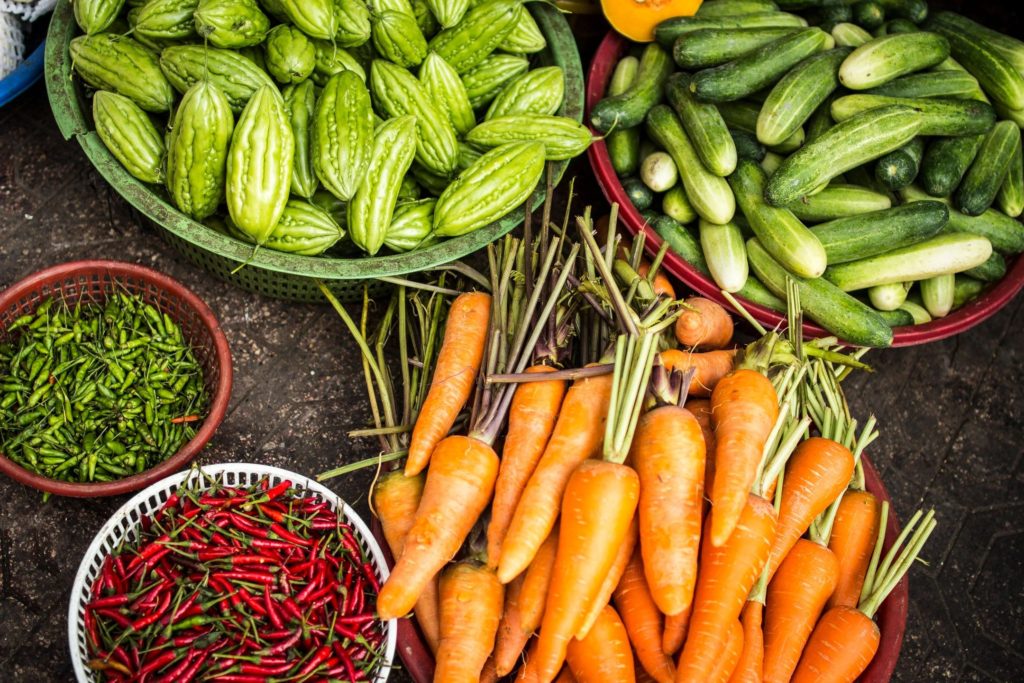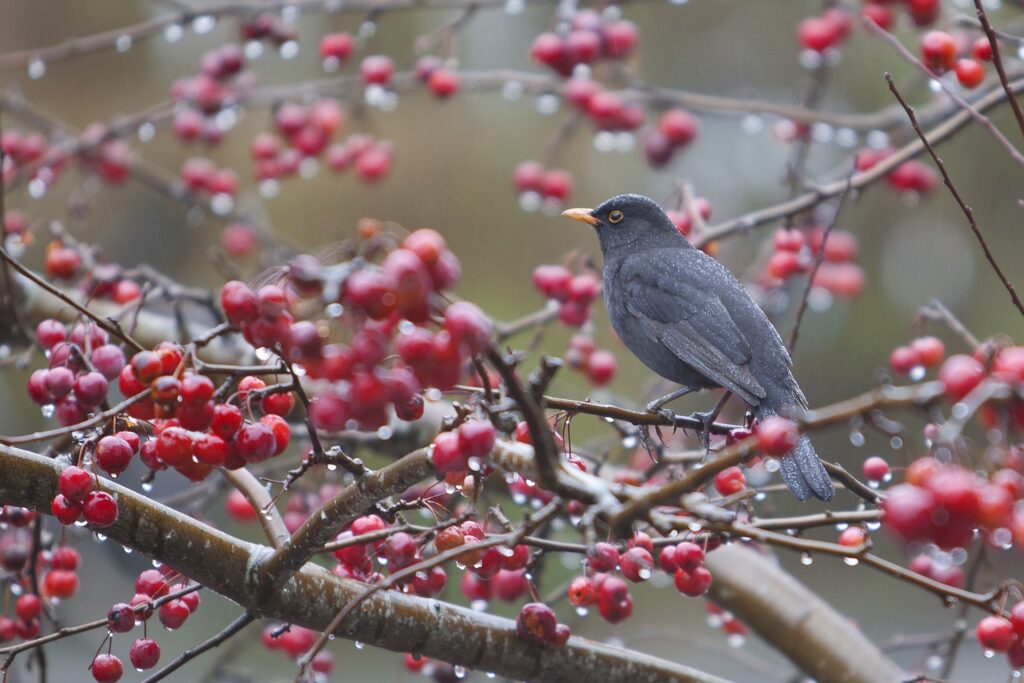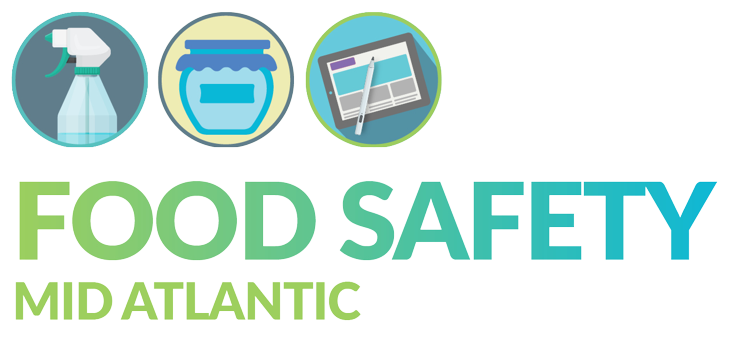
In the last month there have been two state recalls or outbreaks around juices. The first was juice not being processed adequately to destroy Clostridium botulinum or its toxin and the second was an outbreak of Salmonella in Minnesota originating at a raw juice bar. When discussing this with my friends who are not food scientists, [yes, I have a few non food sciencey friends] I discovered that they weren’t aware that fruit and vegetables have natural bacteria and other microorganisms present on their surfaces. These microbes could cause foodborne illness.
In fact original wine and hard cider makers took advantage of wild yeasts on the surface of the fruit and wild fermentation took place by mashing up the fruit and adding water. This style of fermentation is less predictable than the industrialized processes that are carefully controlled today.
Microorganisms appear on the fruit and vegetables from the soil they grow in; root vegetables are particularly susceptible; from the water they are irrigated with (think E.coli OH 157 on Romaine lettuce), splash back from rain, bird droppings…
Wait! what? There is bird poop on my fruit?

We like eating fruit and vegetables; so do microorganisms. Fortunately in most cases, the microbes cannot get into the flesh because the skin keeps them out. Therefore, before eating or processing fresh produce raw, it is important to wash them in clean water making sure that anyone handling them has washed damn their hands (as I like to say) and is following other personnel hygiene recommendations. Washing the surface of fresh produce before cutting prevents any microbes on the surface transfering from the skin to the flesh.
When making a juice that is expected to last longer than a day or two, it must be processed. There is no way getting around this. Cutting, blending or mixing the vegetables or fruit could introduce bacteria. Processing includes freezing, pasteurizing, or aseptically packaging. When deciding how to process, It is important to know what your hazards are and how you can avoid and/or remove them. Due to the risks of pathogens in fresh juice, most regulators require a HACCP plan for juice processing.
Different produce has different hazards. Most fruit juices are high acid and therefore the biggest problem is spoilage; juices with lots of vegetables will be low acid and the issue is Clostridium botulinum. Do you know the pH/acidity of your juices?
Feeling overwhelmed? Book a call today. We can make sure you are making your products safely.


Pingback: HARM Part 3! Reduced Moisture – Food Safety Mid Atlantic and beyond!